International Schools in Bhutan
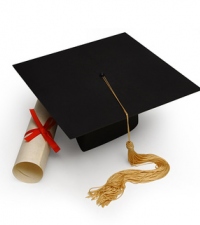
You will find below a list of the most popular international and bilingual schools for expats in Bhutan with fee information. The list includes nursery schools, primary and secondary (high) schools for you to find the right school to prepare for the International Baccalaureate and other accreditation in Bhutan. Some schools may follow the American or British curriculums with English speaking programs.
Education in Bhutan
Since the advent of Buddhism in the 8th century, monastic schools played an important role in the lives of the people and it continues even today. The modern form of education was introduced in Bhutan with the establishment of the first school in 1913 and more schools opened in the 1950s.
From a modest beginning, there are 515 schools and 90 extended classrooms across the country with 168,092 students and 9,415 teachers as of 2017. However, in the twenty-first century there is still a shortage of schools with adequate facilities.
The adjusted net enrolment was 98.8% with the teacher student ratio of 1:20 (Annual Education Statistics, 2017).
The schooling in Bhutan begins with preschool (at age 4) for one year, followed by five years of primary school, three years of junior high (grades 6-8), and then three years of high school (grades 9-11).
The National Board of Secondary Education in the Department of Education conducts nationwide examinations at the end of the eleventh grade and it is responsible for producing textbooks, course syllabi, in-service teachers training, organizing interschool tournaments, recruiting, testing and promoting teachers, and procuring foreign assistance.
Instruction is in English and the national language, Dzongkha and the curricula have been developed in assistance with UNESCO, the University of London and the University of Delhi.
International Schools
International schools can be the perfect solution for an expat student (multinational corporation executives, children of diplomats, NGO staff) in Bhutan. Many schools provide similar standards of schooling around the globe, providing for an easy transition between schools whether they are in France or Vietnam.
There may be some local population, but the schools are usually geared for an international student body. Schools may follow a curriculum model from the US, UK, France, etc. Primary instruction may be any language (and multiple languages are usually taught), but it is usually in English, French, Spanish, German, or Japanese. Schools also provide internationally accepted accreditation such as the international baccalaureate.
Admission and enrolment procedures vary from school to school. Space is often limited and preference may be given to students based on nationality. Tuition tends to be expensive based on local standards, but offers high standards of learning, boast smaller class sizes, first-rate facilities, and extracurricular. Boarding facilities are available at some schools, but most only provide day classes.
Accreditation & Membership
- The CoIS (Council of International Schools) is a non-profit association of international schools and post-secondary institutions which provides educational accreditation, teacher and leadership recruitment services, links to higher education, governance assistance and help with founding new schools.
- European Council of International Schools (ECIS) is a collaborative network promoting the ideals and best practice of international education, complemented by grants and awards.
- Council of British International Schools (COBIS) is a responsive organisation that serves, supports and represents its member schools.
- New England Association of Schools & Colleges (NEASC) is a regional accrediting association which establishes standards for all levels of education, from pre-K to doctoral.
- Agency for French Education Abroad (Agence pour l'enseignement français à l'étranger, AEFE) is a national public agency under the administration of the French government that assures the quality of schools teaching the French national curriculum outside France.
- National Association of Independent Schools (NAIS) represents over 1100 independent schools and associations in the United States and abroad.
International schools in Thimphu
In the Kingdom of Bhutan there is no such international school. However, there are three options available: home school, government schools or private schools*
In 2019, there were 36 private schools in Bhutan with about 11,998 students enrolled.
The most relevant private schools in Thimphu, Bhutan’s capital are:
Private day-cares and private primary schools in Bhutan (pre-primary to class 5)
The middle schools (class 6-8)
Private high schools (class 9-11)
For a full list of private schools across Bhutan and its approximate enrolment rate visit: Bhutannewsnetwork.com document from 2015).
*Note that most of the primary and secondary schools do not have a public webpage. Therefore, Facebook or institutional links have been linked.
- My Life Abroad -
A selection of expat stories
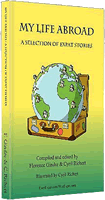
"A fun compulsive read!"
J. Matcham, Amazon
"I strongly advise people ready to live abroad to read this book!"
Patrice, Amazon

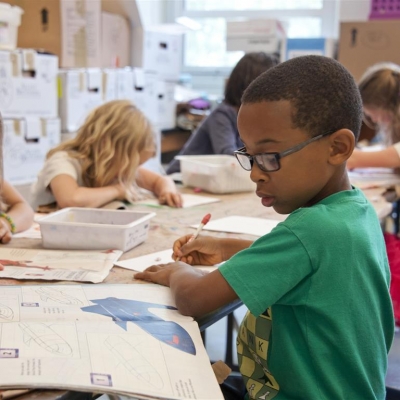 5 Top International Education Systems For Expat Kids
5 Top International Education Systems For Expat Kids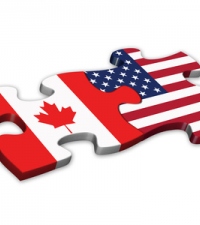 Same language, different ball-game
Same language, different ball-game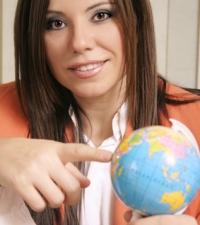 Finding a job after earning your TEFL Certificate abroad
Finding a job after earning your TEFL Certificate abroad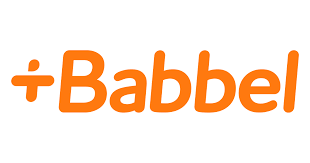 Babbel
Babbel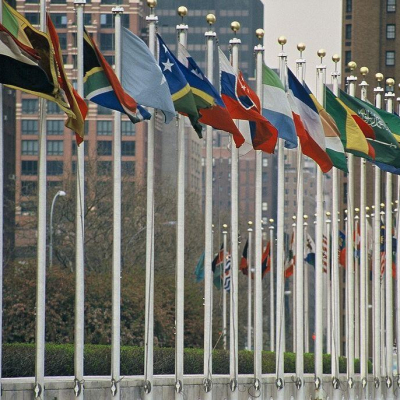 Embassies and Consulates in Bhutan
Embassies and Consulates in Bhutan